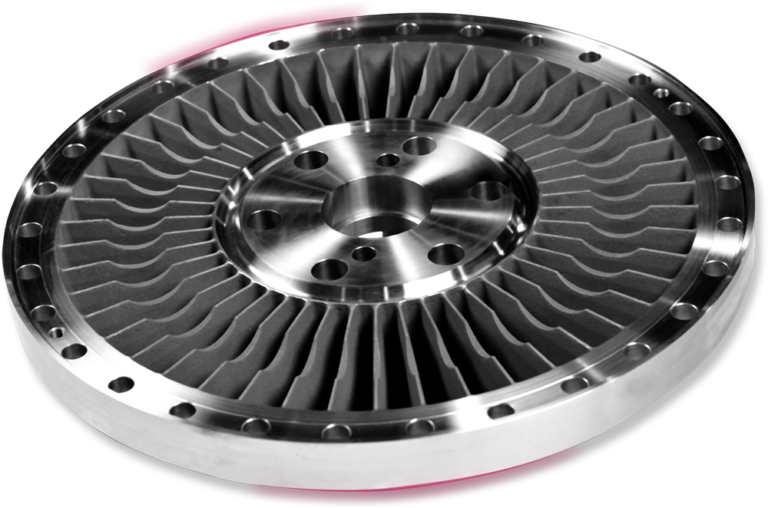The investment casting process is the oldest known casting process in the world and was already used in the time around 3,000 BC. In the 2nd half of the 18th century, and with the beginning of the industrialization, a strong focus was put on the investment casting process. The increasing demand, accompanied by technical innovations, led to the breakthrough of this historically evolved process, which today is also known as lost wax casting.
Investment casting is an innovative casting process used for the production of accurate and detailed cast products. The process is also known as precision casting. In investment casting, mostly metallic materials are cast. Steel investment casting, with its large number of different alloys, is most frequently used in high-tech industries. These industries include general mechanical and plant engineering, turbine construction, trucks, the food industry, pharmaceuticals and medical technology, and many others.
The investment casting process enables us to provide castings with smallest tolerances. For very small sizes, precision of 0.1 mm and less is possible. If higher accuracies or tighter tolerances are needed for the application, the investment castings are further specified and refined by subsequent mechanical processing. Coating is possible in a wide variety of finishes.
Thanks to the investment casting method, the ceramic process gives significant scope in the area of product design and material selection. Wolfensberger AG designs optimal castings according to its customers’ needs and produces them according to their ideas and required criteria.
Compared to other casting processes, investment casting also has advantages in the optimization and reduction of the weight of products, an improvement in the surface quality and the appearance of visible components with maximum efficiency and conservation of resources. – and it is environmentally friendly at the same time. Even the integration of accompanying functions or the substitution of components from other processes is frequently applied in investment casting.
To master the investment casting process, the development partner needs the required know-how. Wolfensberger AG offers many possibilities already in the prototype phase and in the starting phase of series production and adapts to the needs of its globally operating customers. The focus is on the feasibility of investment casting products at cost-effective conditions.
With its investment castings, Wolfensberger AG provides international industries with high-quality cast steel components.


